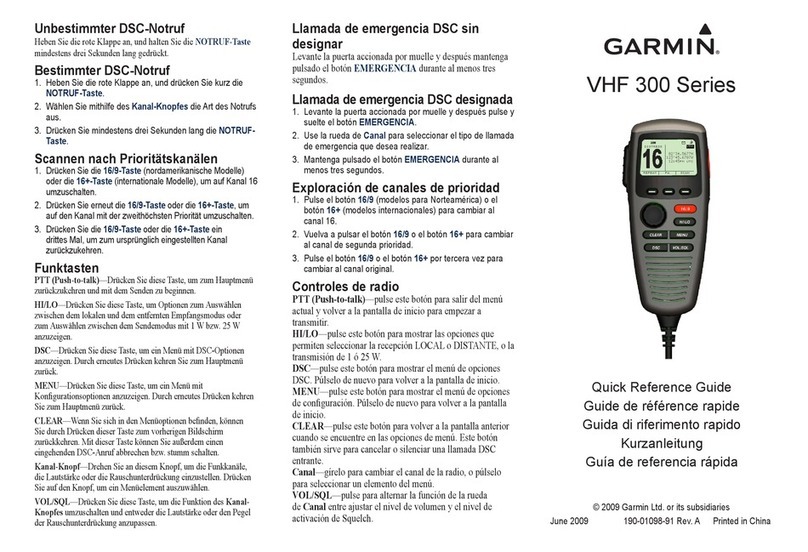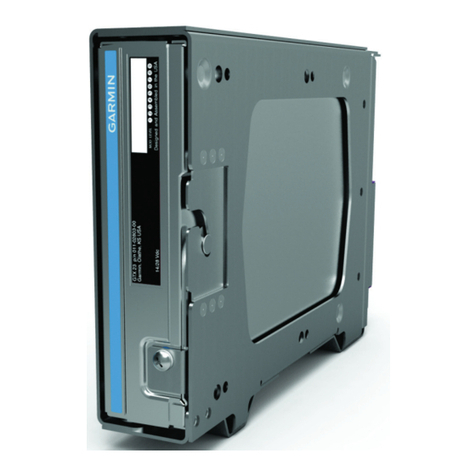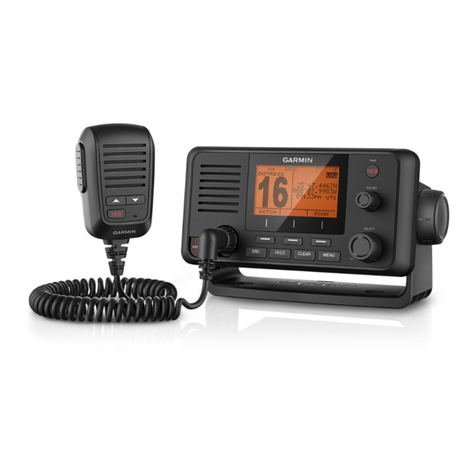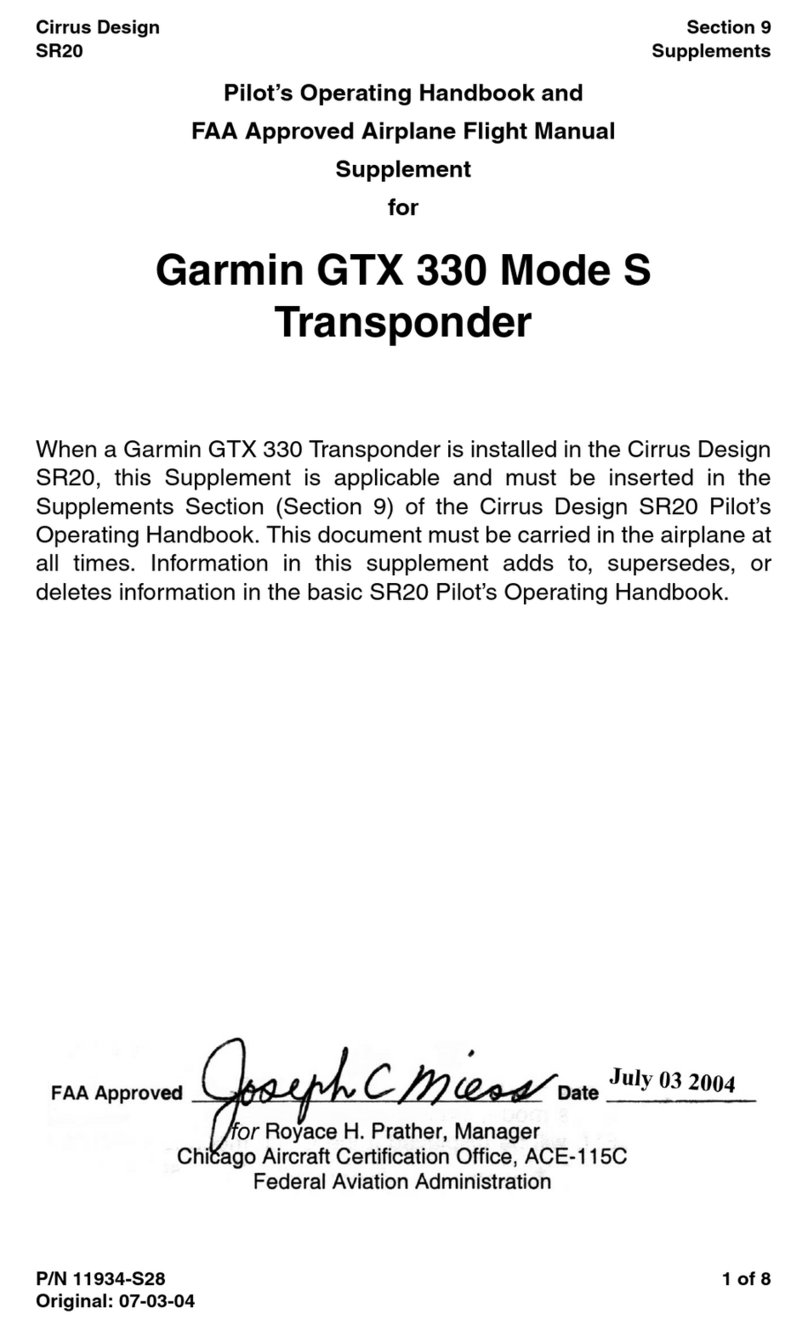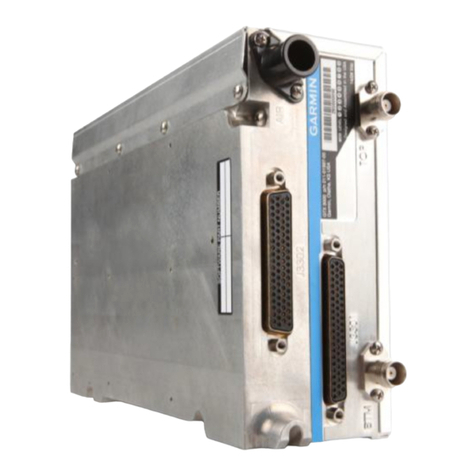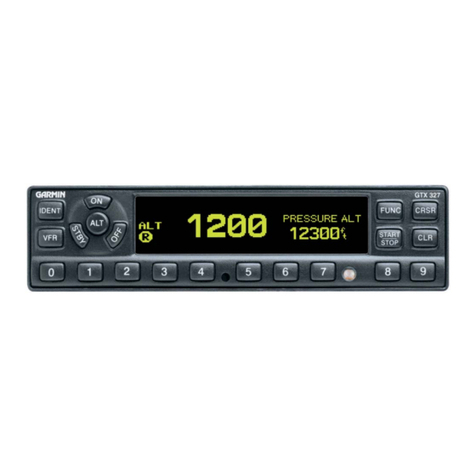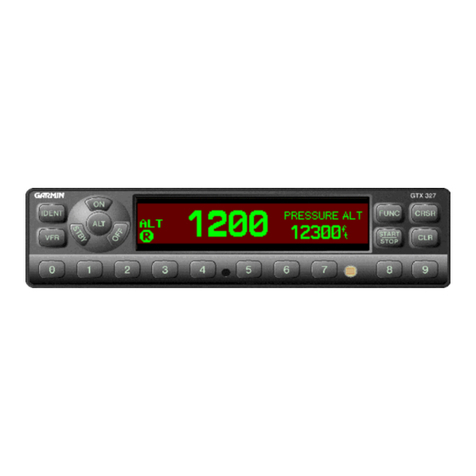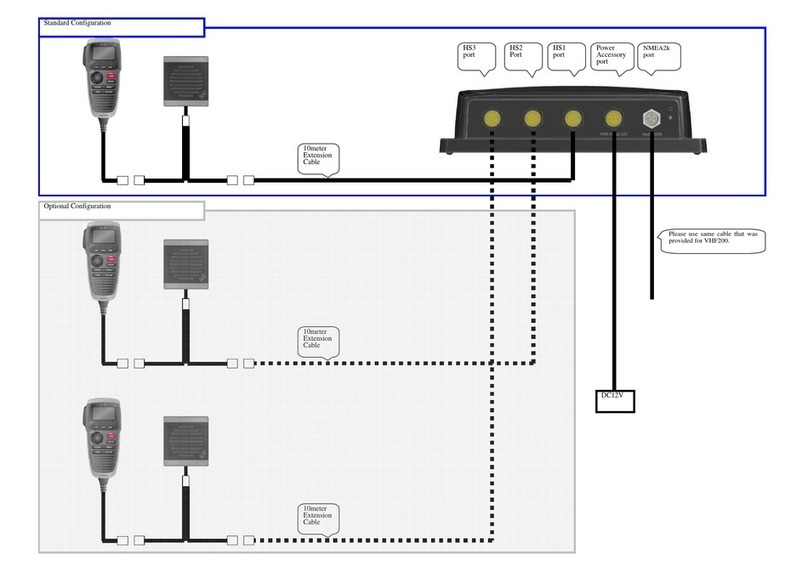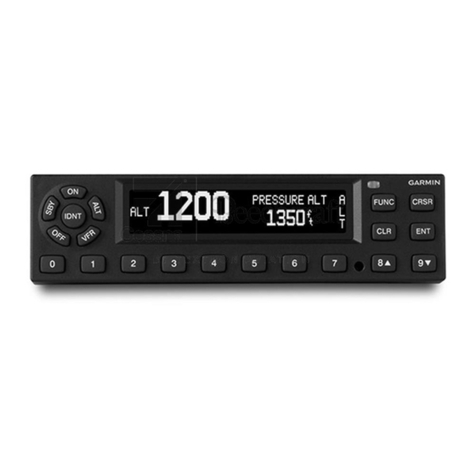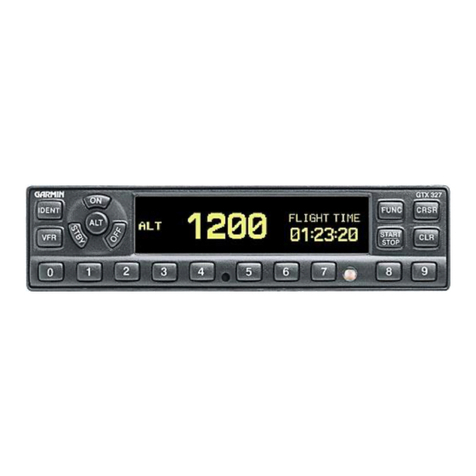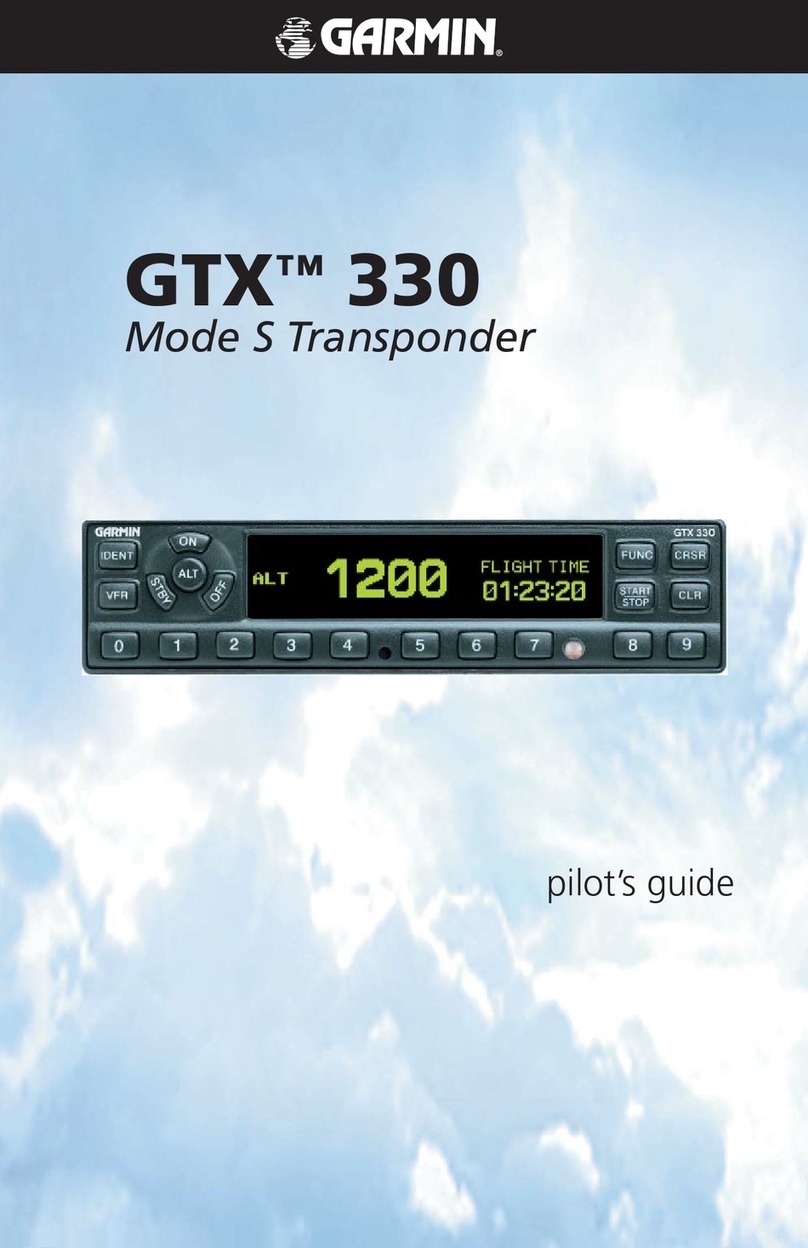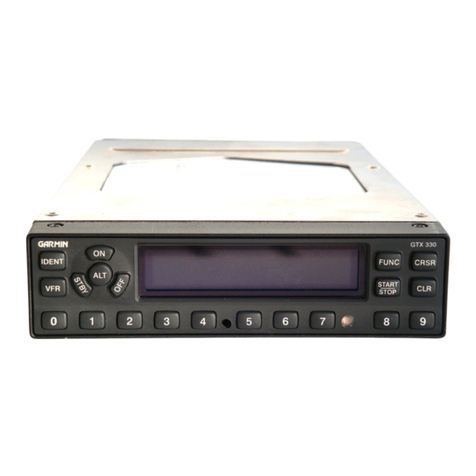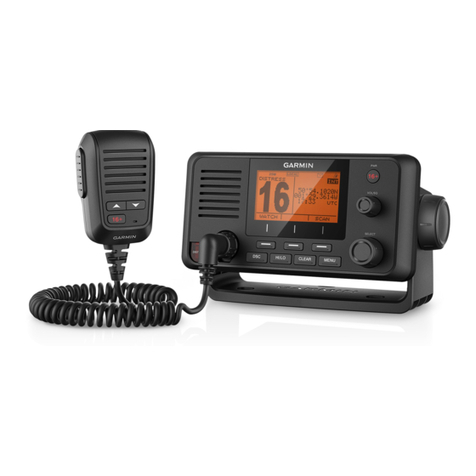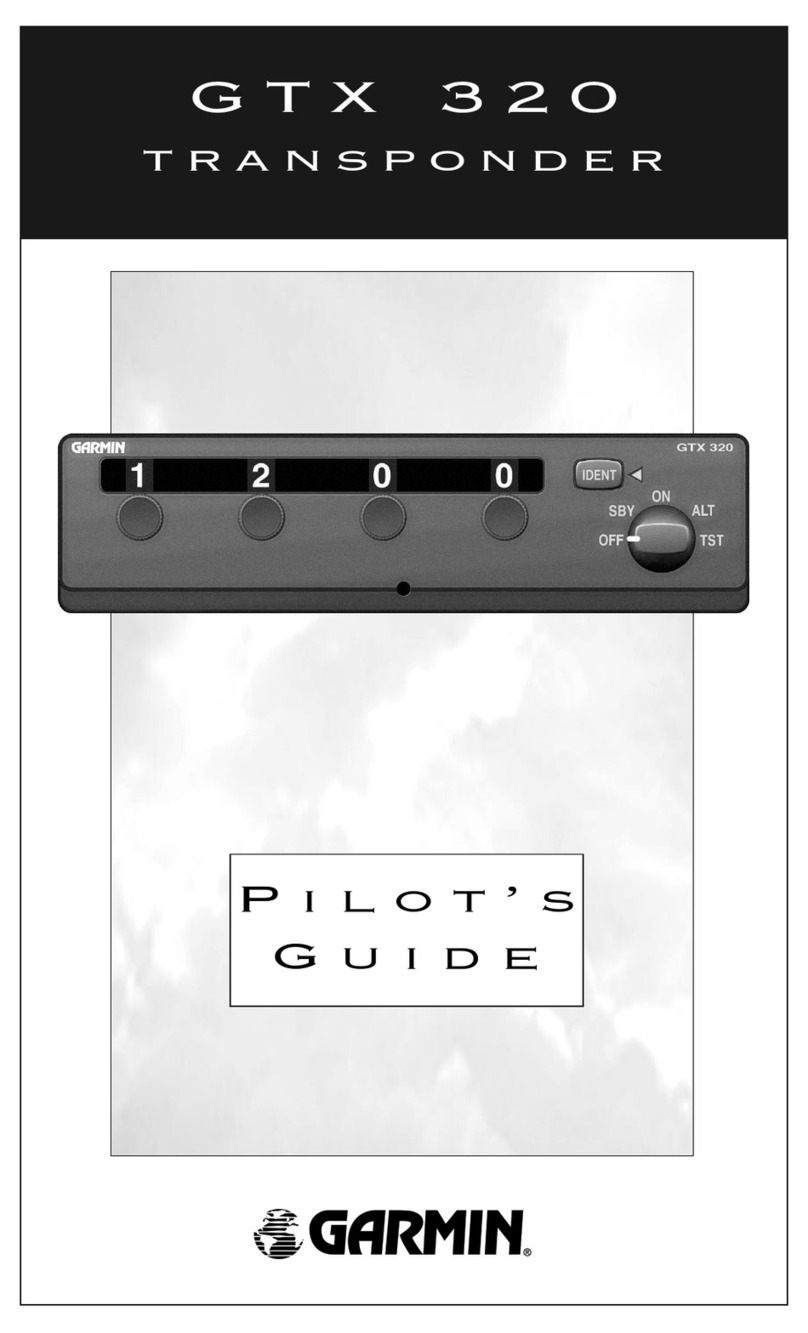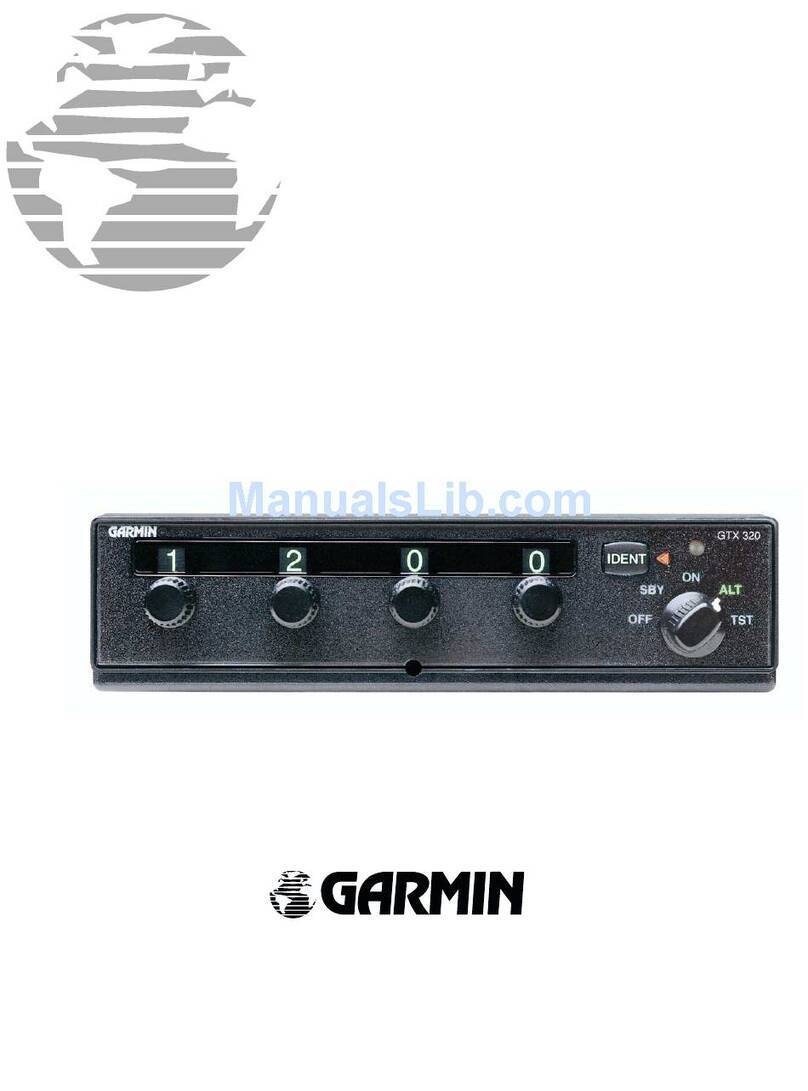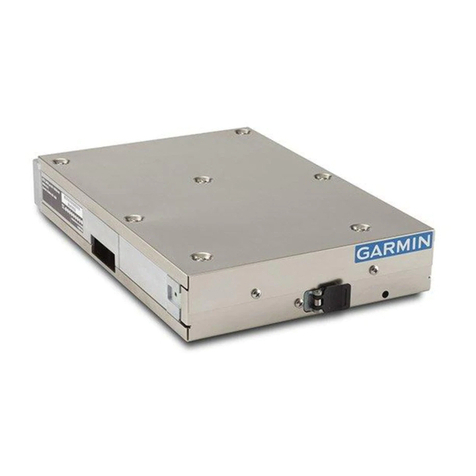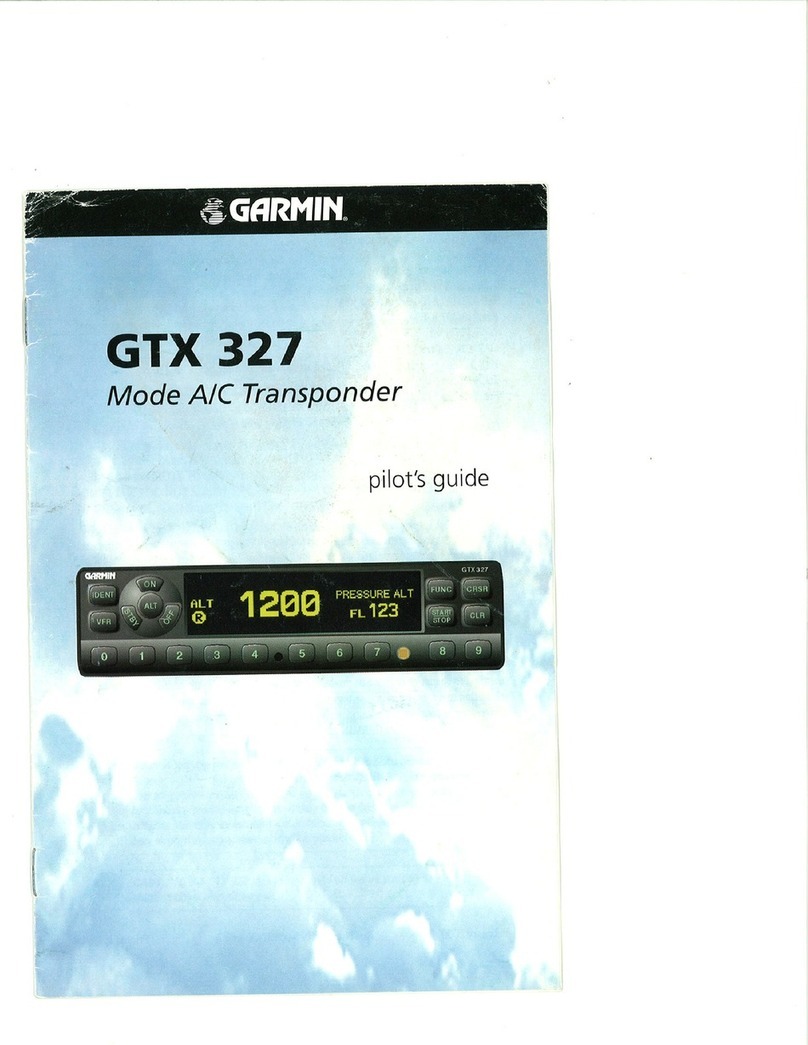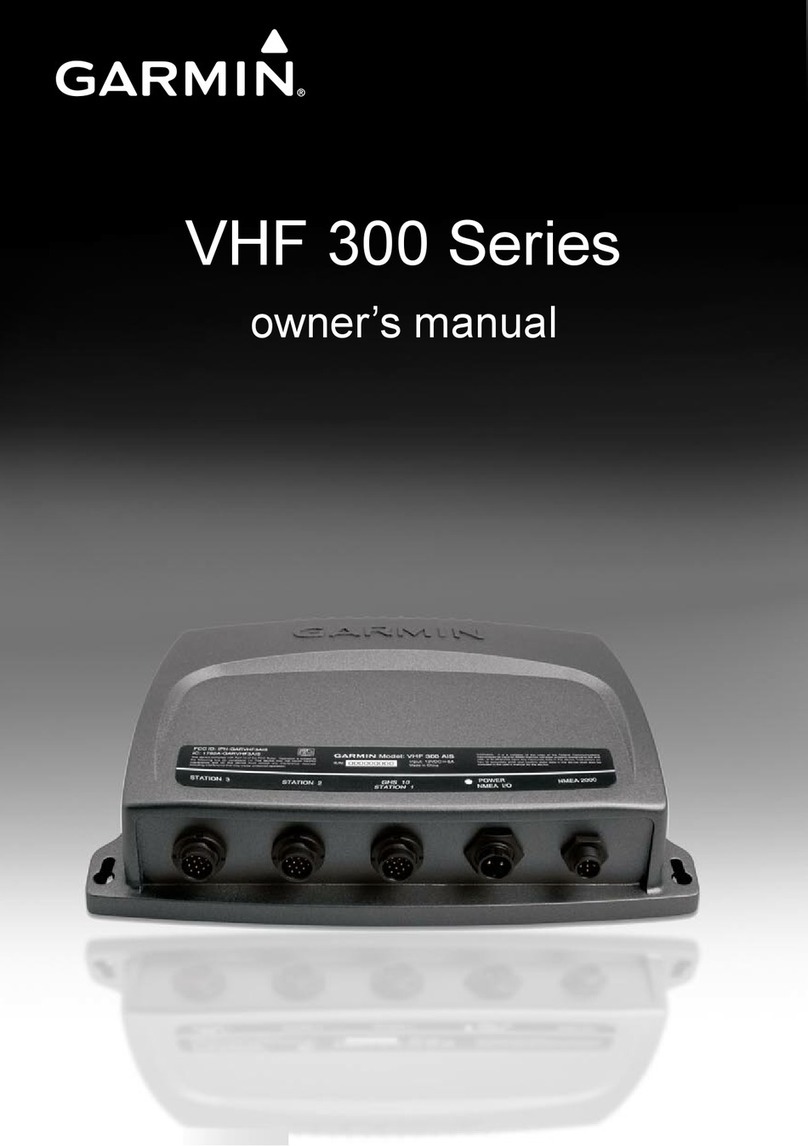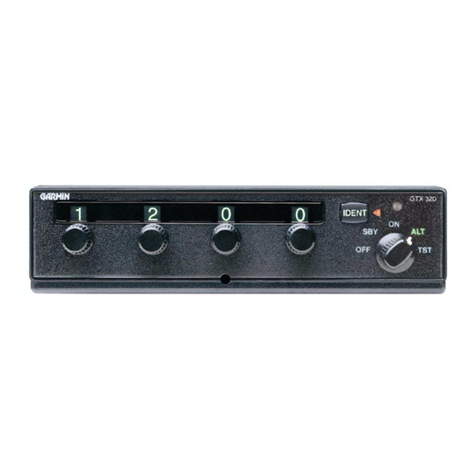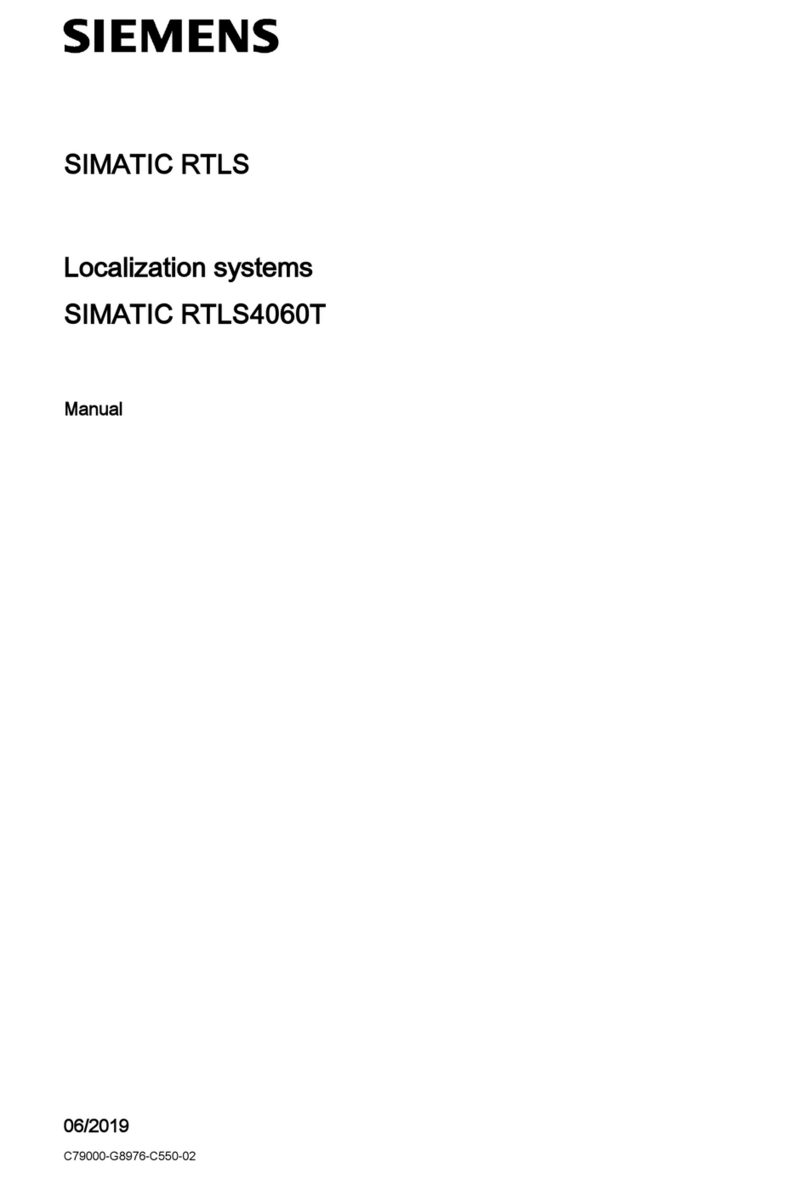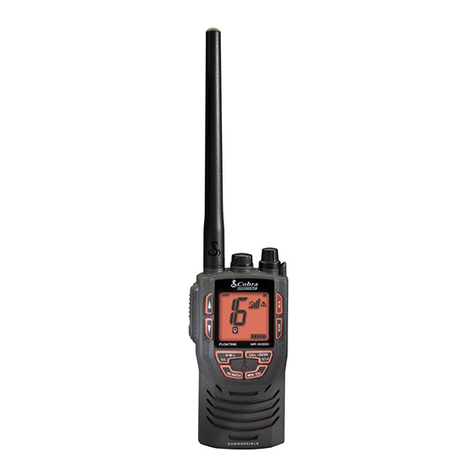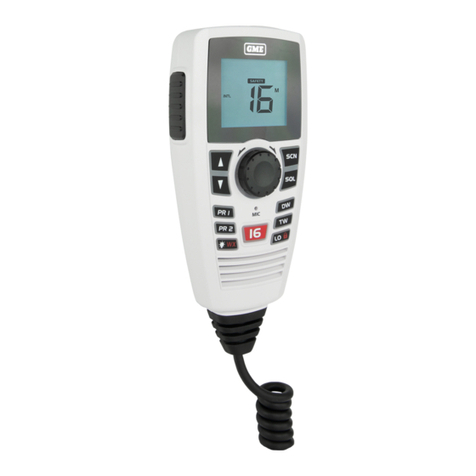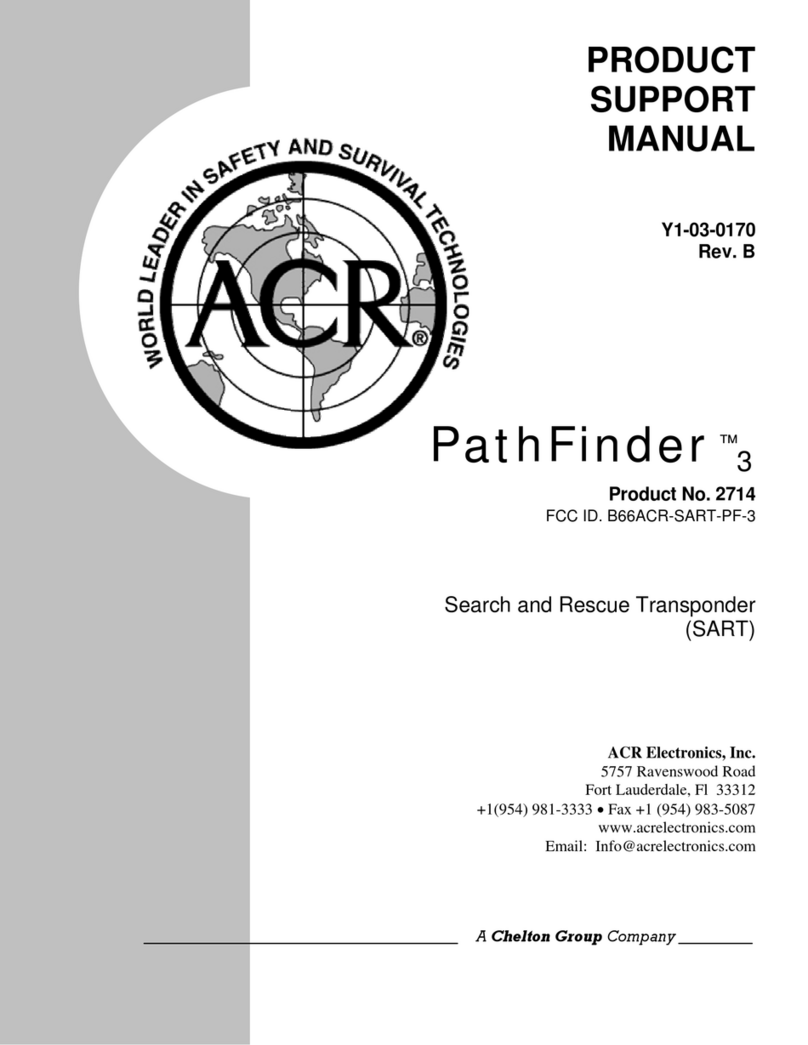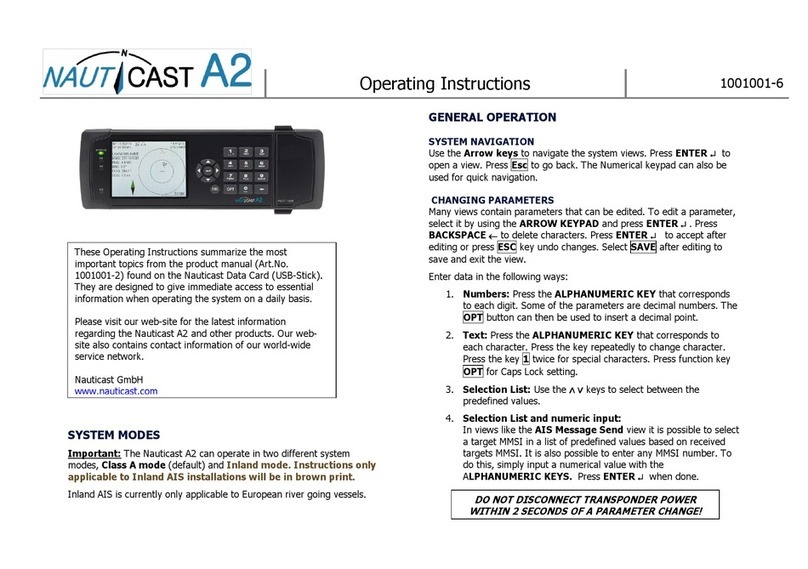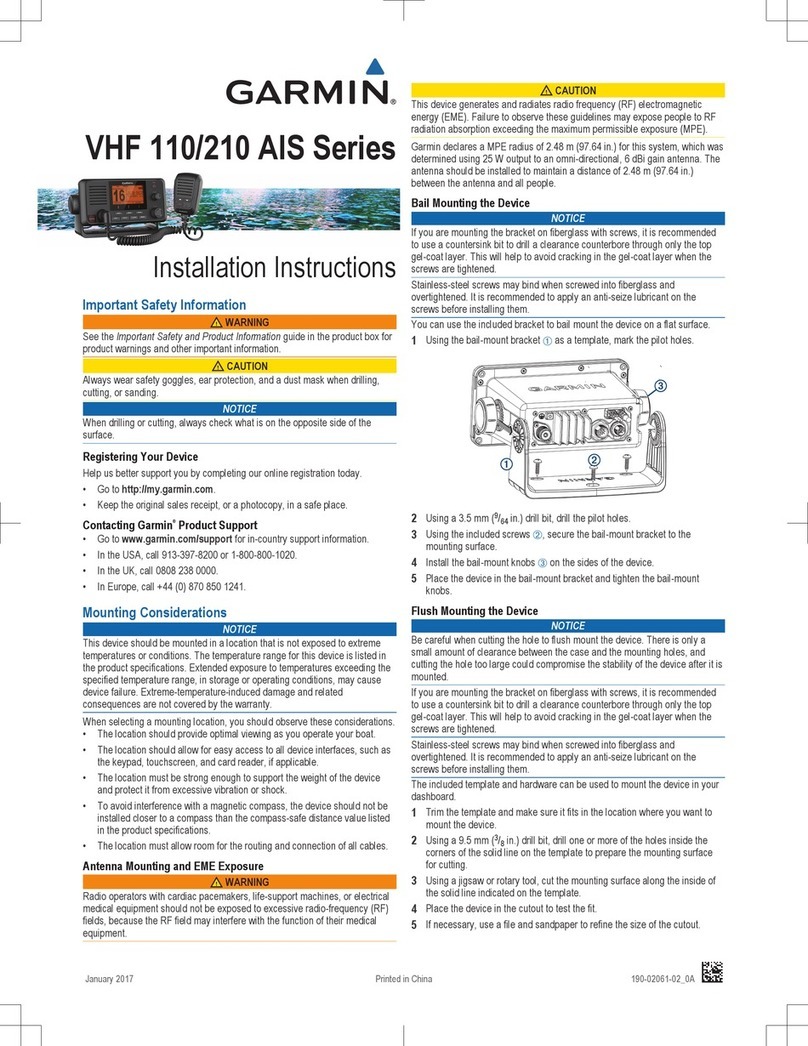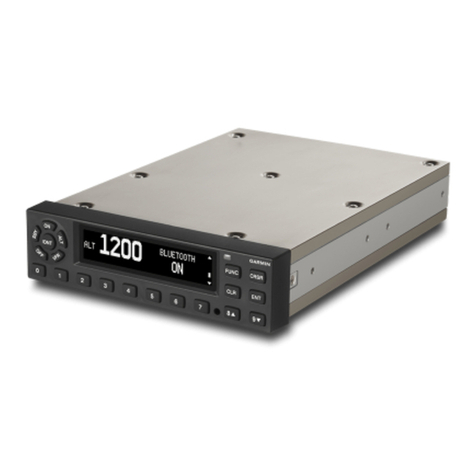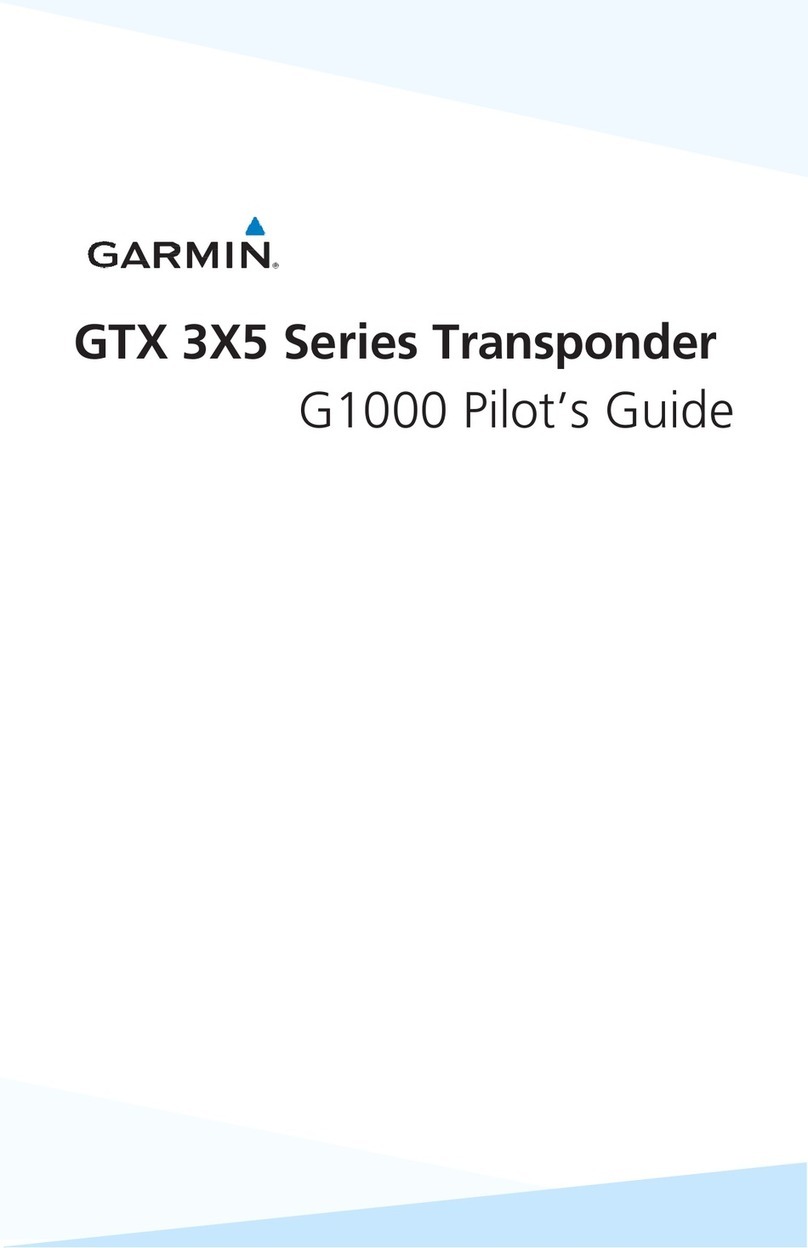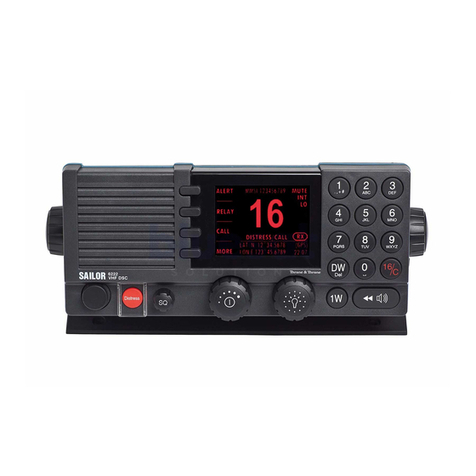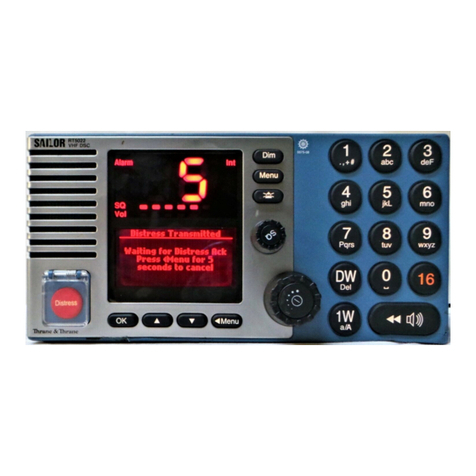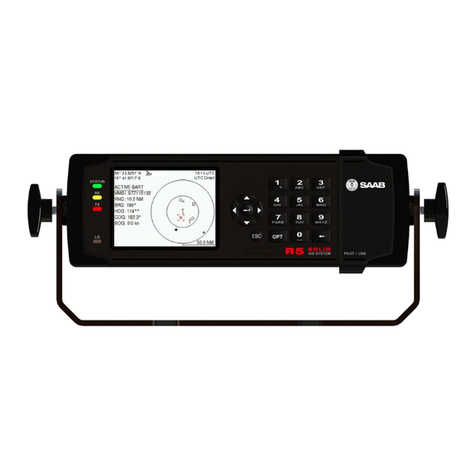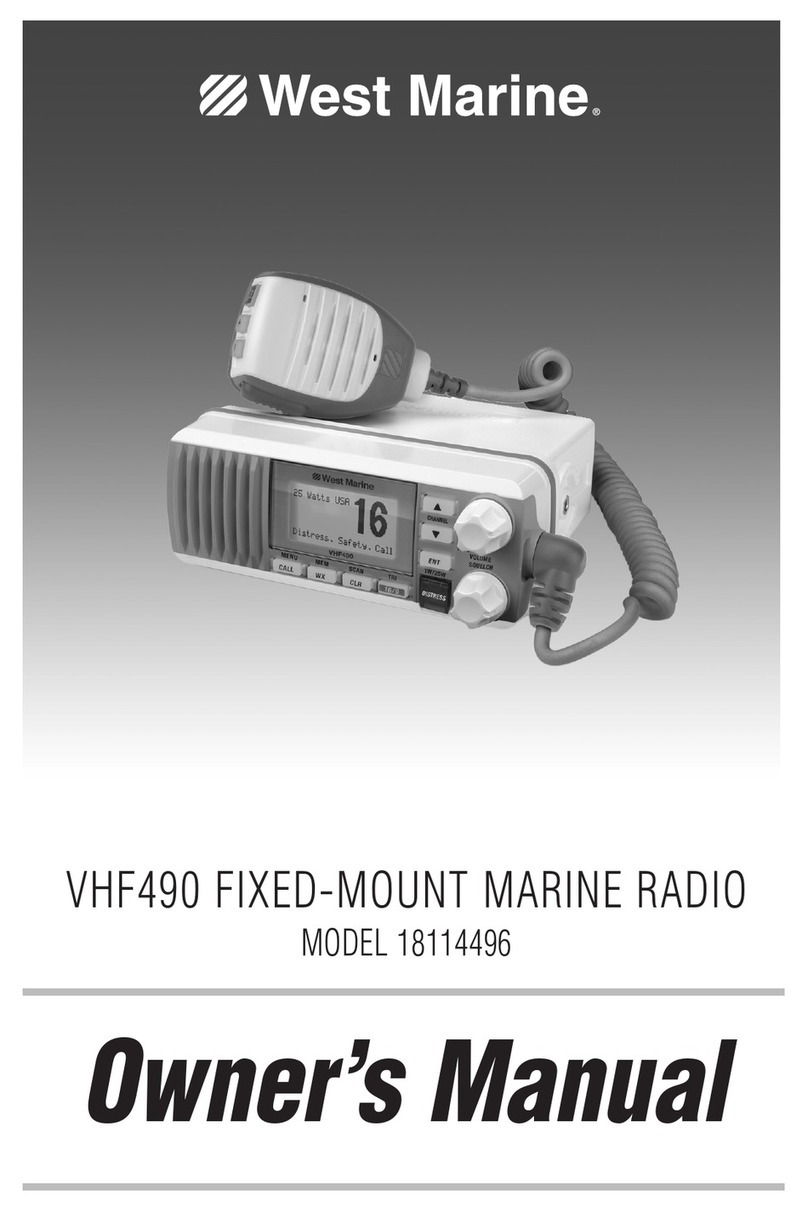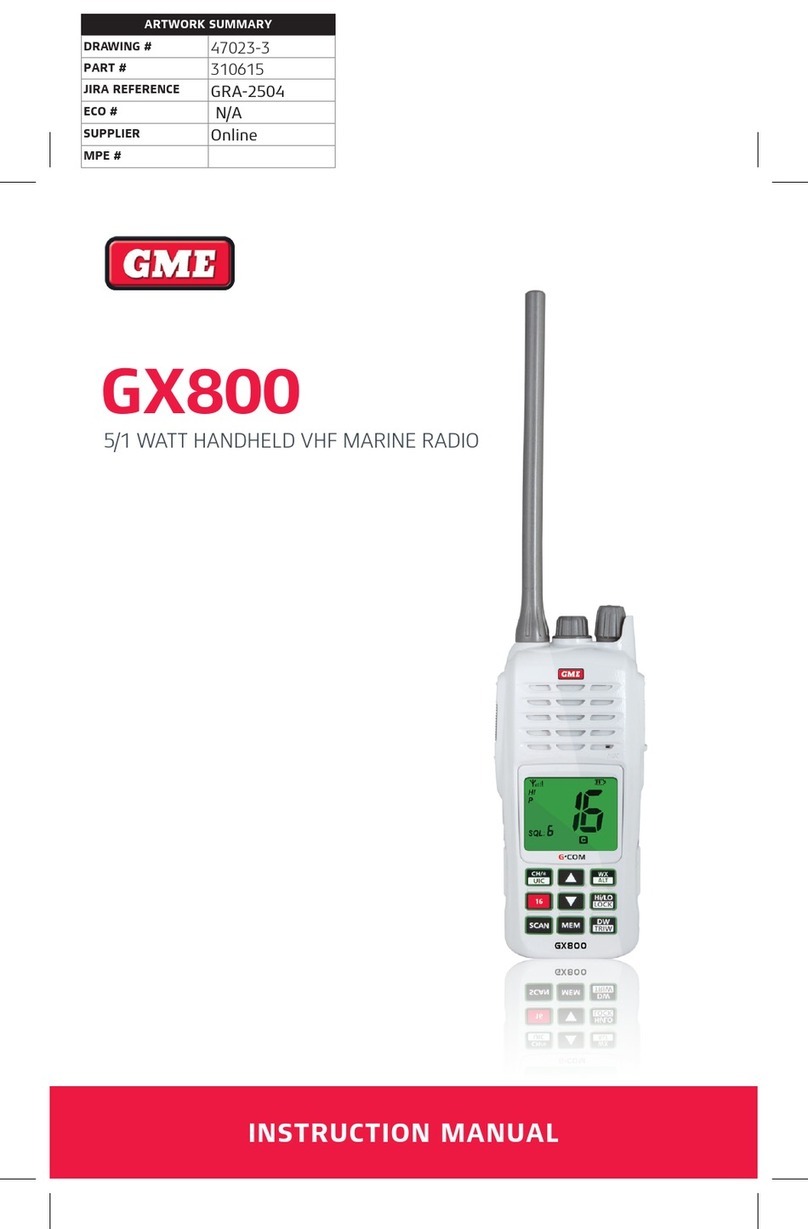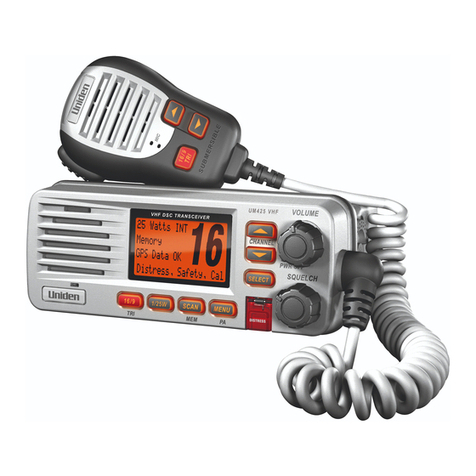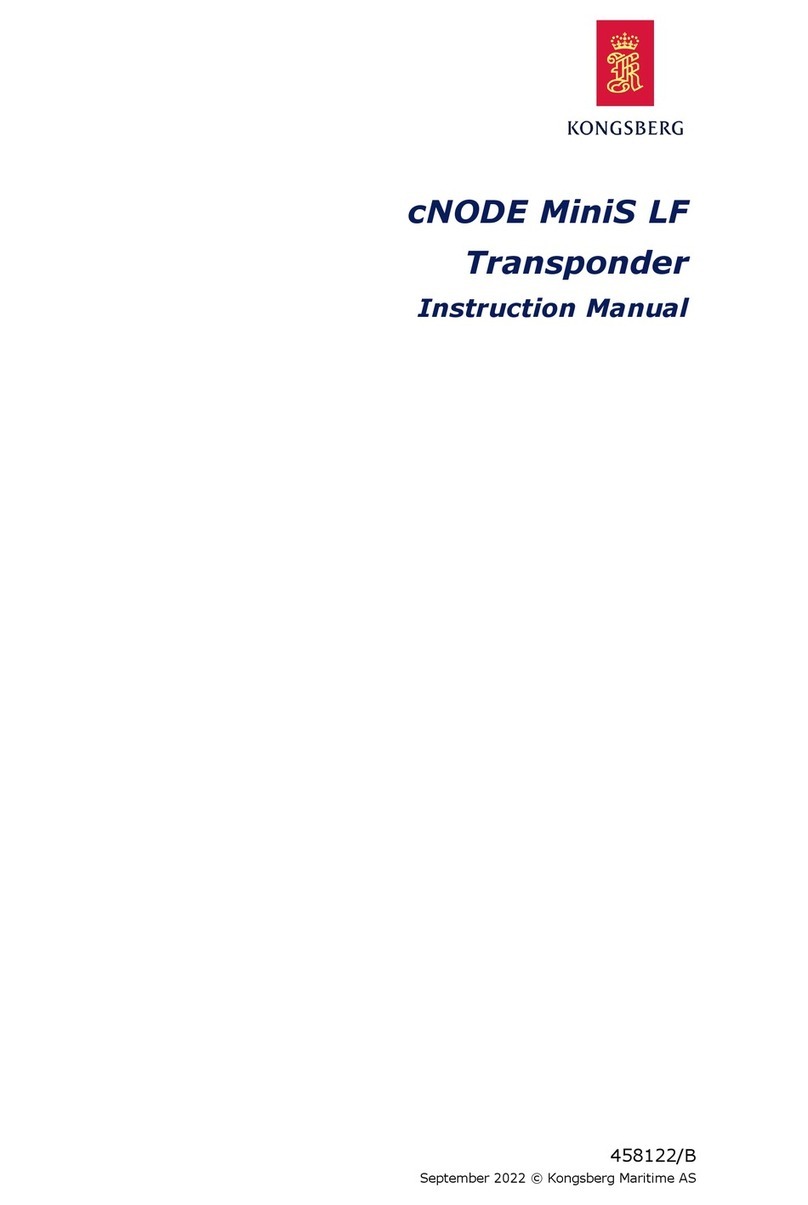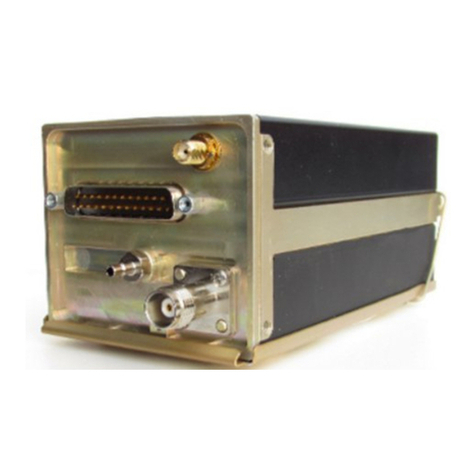
The included template and hardware can be used to mount the
device in your dashboard.
1Trim the template and make sure it fits in the location where
you want to mount the device.
2Using a 9.5 mm (3/8 in.) drill bit, drill one or more of the holes
inside the corners of the solid line on the template to prepare
the mounting surface for cutting.
3Using a jigsaw or rotary tool, cut the mounting surface along
the inside of the solid line indicated on the template.
4Place the device in the cutout to test the fit.
5If necessary, use a file and sandpaper to refine the size of
the cutout.
6After the device fits correctly in the cutout, ensure the
mounting holes on the device line up with the pilot holes on
the template.
7If the mounting holes on the device do not line up, mark the
new pilot-hole locations.
8Using a 3.5 mm (9/64 in.) drill bit, drill the pilot holes.
9Remove the template from the mounting surface.
10If you will not have access to the back of the device after you
mount it, connect all necessary cables to the device before
placing it into the cutout.
11If necessary, cover unused connectors with the attached
weather caps to prevent corrosion of the metal contacts.
12Remove the protective liner from the foam gasket.
13Install the gasket on the back of the device.
14Place the device in the cutout.
15Secure the device to the mounting surface using the included
screws .
16Install the decorative bezel by snapping it in place around the
edges of the device.
Mounting the Microphone Hanger
NOTICE
If you are mounting the bracket on fiberglass with screws, it is
recommended to use a countersink bit to drill a clearance
counterbore through only the top gel-coat layer. This will help to
avoid cracking in the gel-coat layer when the screws are
tightened.
You can mount the microphone hanger in a convenient location
near the radio.
1Select a mounting location for the microphone within reach of
the microphone cable.
2Using the microphone hanger as a template, mark the pilot
holes.
3Drill the mounting holes using a 3 mm (1/8 in.) drill bit.
4Secure the microphone hanger to the mounting surface using
the included screws .
Connection Considerations
Item Description Notes
Ground
connection
You can use the included grounding screw to
connect the device chassis to water ground, if
needed (Additional Grounding Considerations,
page 2).
Power and data
wiring
harnesses
You must connect the device to a 12 Vdc power
source (Connecting the Wiring Harness to
Power, page 2).
You can connect this device to a NMEA® 0183
device using this wiring harness to share DSC
and GPS information (optional) (NMEA 0183
Device Connections, page 3).
You can connect this device to an external GPS
antenna using this wiring harness (optional)
(Connecting to a Remote GPS Antenna,
page 3).
You can connect this device to a hailer horn
using this wiring harness (optional) (Connecting
to a Hailer Horn or PA Speaker, page 3).
You can connect this device to an external
speaker using this wiring harness (optional)
(Connecting to an External Speaker, page 3).
VHF antenna
connection
You must connect the device to a VHF antenna
(sold separately) (Connecting a VHF Antenna,
page 3).
Additional
microphone
connector
You can add an additional microphone (sold
separately) or relocate the existing microphone
on a VHF 215 AIS radio (microphone relocation
kit sold separately).
This connector is not available on a VHF 115
radio.
NMEA 2000®
connector
You can connect this device to a NMEA 2000
network on your boat to share DSC and GPS
information (optional) (NMEA 2000 Device
Connections, page 3).
Connecting the Wiring Harness to Power
1Route the wiring harness to the power source and to the
device.
2Connect the red wire to the positive (+) battery terminal, and
connect the black wire to the negative (-) battery terminal.
Additional Grounding Considerations
This device should not need any additional chassis grounding in
most installation situations. If interference is experienced, the
grounding screw on the housing can be used to connect the
2
